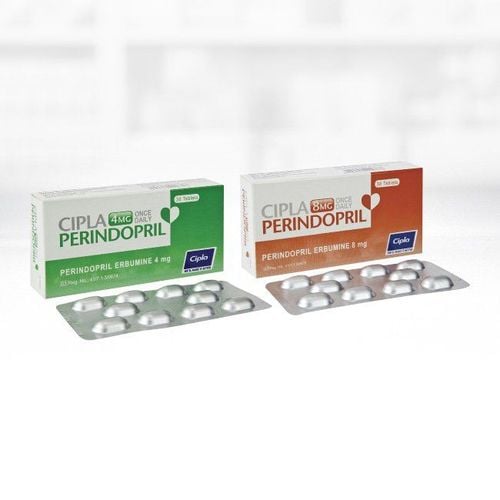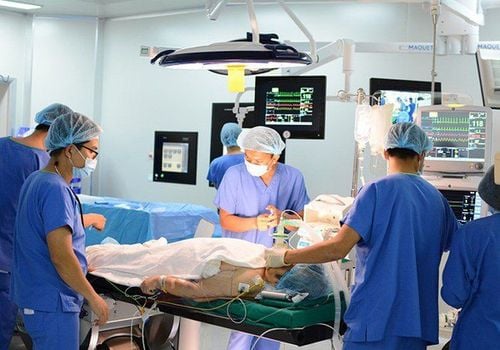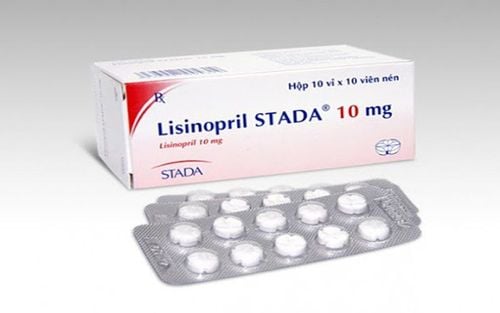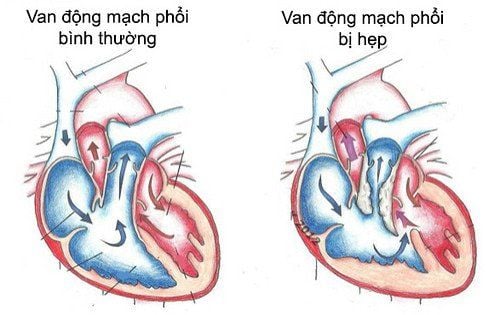This is an automatically translated article.
The article is professionally consulted by Master, Doctor Pham Van Hung - Department of Medical Examination & Internal Medicine - Vinmec Danang International General Hospital.
The heart valve is a special structure that ensures blood flow between the chambers of the heart according to a certain cycle. Like any other part of the body, heart valves also have certain pathologies. So what are the common heart valve diseases, the following we will find out.
1. Overview of heart valves
The human heart is made up of connective tissue surrounded by the endocardium. Heart valves determine the direction of blood flow in a certain direction.There are four main types of heart valves, centrally located are:
The tricuspid valve opens to allow blood to flow one way from the right atrium to the right ventricle and closes when blood is pumped from the right ventricle through the pulmonary valve into the artery The lungs carry blood to the lungs for oxygen exchange. The pulmonary valve consists of three small bird's nest-shaped valves located between the right ventricle and the pulmonary artery. When the pulmonary valve is open, this heart valve will not close, blood will flow back to the heart, making the body's oxygen exchange efficiency reduced. The mitral valve is located between the left ventricle and the left atrium. Allowing blood to go one way from the left atrium to the left ventricle, blood flow from the left ventricle through the aortic valve into the aorta brings blood to the whole body. The aortic valve is located between the left ventricle and the aorta.
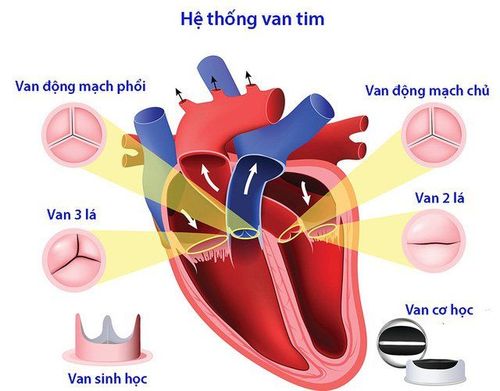
2. What is heart valve disease?
Heart valve disease often manifests in two main forms of damage, stenosis and regurgitation, sometimes a valve has a combination of both narrow and open.The heart valve system is the structure that ensures blood flow between the chambers of the heart in a certain one-way cycle. Normally these heart valves are slender, soft structures made of heart valve leaflets, and fixed by ligaments and muscle columns. For some reason, these valve leaflets lose their softness, become thin, thicken, stick together, calcify, or the ligaments that fix the heart valve are prolapsed, broken, making these valves inoperable. Normal movement leads to heart valve disease.
When the heart valves become thick and hard or stick to the edges of the valve limiting the ability of the heart valve to open, blocking blood flow, this phenomenon is called valvular stenosis. When the heart valves do not close tightly due to dilation, degeneration, adhesion, contracture or the valvular ligaments are too long, the blood flow can back up during the valve closure period, called valve regurgitation. heart . The above lesions can occur in all heart valves, may be congenital or acquired. Injury to the heart valves (stenosis and/or regurgitation) can cause hemodynamic disturbances (i.e. disturbances of blood flow) and lead to mild to severe pathological consequences.
In fact, the four common clinical valvular diseases are mitral stenosis, mitral regurgitation, aortic stenosis and aortic regurgitation. Less common are pulmonary stenosis, pulmonary valvular regurgitation, tricuspid stenosis, and tricuspid regurgitation.
3. Causes of heart valve disease
Heart valve disease has many causes, common causes include:3.1 Structural degeneration
This is the most common cause of valvular regurgitation. The structures that support the heart valves weaken and stretch over time, making it impossible for the heart valves to close tightly.
3.2 Rheumatic heart disease
Rheumatic heart disease is a term used to describe any cardiovascular problem that results from an acute episode of rheumatic fever. Acute rheumatic fever is a condition caused by a streptococcal infection. When streptococcus infection, the body produces antibodies to fight, but in some cases antibodies also attack other parts of the body, specifically here is the heart valve, causing inflammation. Inflammation can occur in one or more heart valves, causing permanent damage to the heart valve, causing it to thicken and scarify years later.
3.3 Other causes
Other causes of valvular disease include:
Valve calcification, which is a common cause of aortic stenosis in the elderly. Dilated cardiomyopathy. Hypertrophic cardiomyopathy. Some birth defects. Infective endocarditis. Heart valve regurgitation after valve surgery. Complications of some rare diseases.
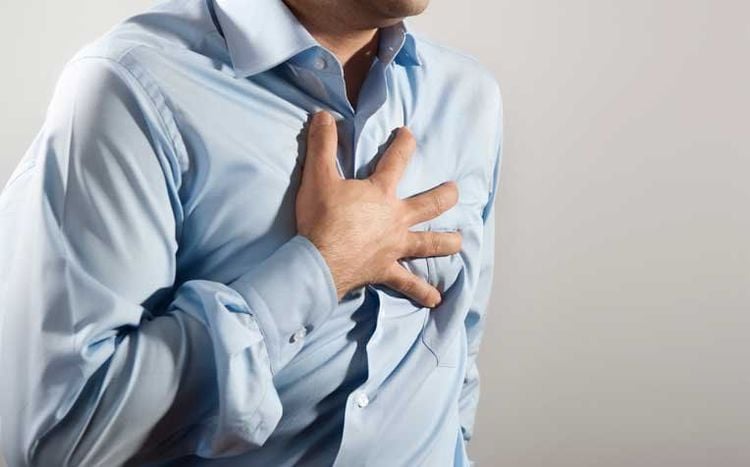
4. Possible Complications
Many complications can occur depending on the condition on which heart valve is located and the severity of the problem:4.1 Atrial fibrillation Occurs about 4 out of 10 cases. Atrial fibrillation is a condition in which the heart beats rapidly and irregularly due to disturbances in the conduction of electrical currents. An irregular heartbeat can cause palpitations and shortness of breath.
4.2 Heart failure Heart failure can appear and get worse. Common symptoms of heart failure are shortness of breath, fatigue, and edema.
4.3 Stroke A blood clot can form inside a dilated left atrium or atrial fibrillation. Blood clots can enter the bloodstream, get stuck in a small blood vessel and completely block that blood vessel (if blocking a blood vessel to the brain will cause a stroke).
4.4 Endocarditis can sometimes occur, because damaged heart valves are more susceptible to infection than normal heart valves.
5. Common symptoms of heart valve disease
Shortness of breath: At first, patients often experience shortness of breath during exercise or exertion, later even when the patient is at rest. This symptom occurs because the heart valves are narrowed, causing the lungs to congested with blood. Fatigue, dizziness, fainting: if the amount of blood to the left ventricle is reduced, the blood supply to the body will also be reduced, leading to these symptoms. Chest pain: May occur if blood flow through the coronary arteries supplying the heart muscle is reduced. Tachycardia, irregular heartbeat: Causes a feeling of palpitations.6. What to do when heart valve disease is suspected?
When you develop symptoms as described or suspect that you have heart valve disease, see a specialist as soon as possible. The doctor will conduct a clinical examination, combining some simple laboratory tests such as chest X-ray, electrocardiogram, echocardiogram, ... (or appoint more complex techniques in the following cases). severe cases such as computed tomography, magnetic resonance imaging,...) to confirm the diagnosis and give appropriate treatment methods.Vinmec Cardiology Department has always received much praise and satisfaction from domestic and international customers, being pioneers in successfully applying the world's most advanced techniques in the treatment of cardiovascular diseases. .
A team of highly qualified and experienced specialists: qualified doctors from Master's to Professor's and Doctor's degrees, reputable in medical treatment, surgery, interventional cardiac catheterization. Intensive training at home & abroad. In particular, Prof. TS.BS Vo Thanh Nhan - Cardiology Director of Vinmec Central Park was recognized as the first and only expert in Vietnam to be awarded the "Proctor" certificate on TAVI. State-of-the-art equipment, comparable to major hospitals in the world: The most modern operating room in the world; The most modern silent magnetic resonance imaging machine in Southeast Asia; The CT machine has a super-fast scanning speed of only 0.275s/round without the use of drugs to lower the heart rate; 16-sequence PET/CT and SPECT/CT systems help to detect early damage to cardiovascular organs even when there are no symptoms of the disease. Applying the most advanced advanced cardiovascular techniques in the world in treatment: Painless open heart surgery; Percutaneous aortic intervention without general anesthesia; Treatment of mitral regurgitation through the catheter has a success rate of 95%; Ventricular-assisted artificial heart transplantation for patients with end-stage heart failure prolongs quality of life beyond 7 years. Cooperating with leading cardiovascular centers in Vietnam and the world such as: National Heart Institute, Cardiology Department of Hanoi Medical University, University of Paris Descartes - Georges Pompidou Hospital (France), University of Pennsylvania (France), University of Pennsylvania United States)... with the aim of updating the most modern cardiovascular treatments in the world. To be examined and treated with leading Vinmec cardiologists, please book an appointment online at the website or contact Vinmec Health System nationwide for service.
Please dial HOTLINE for more information or register for an appointment HERE. Download MyVinmec app to make appointments faster and to manage your bookings easily.





